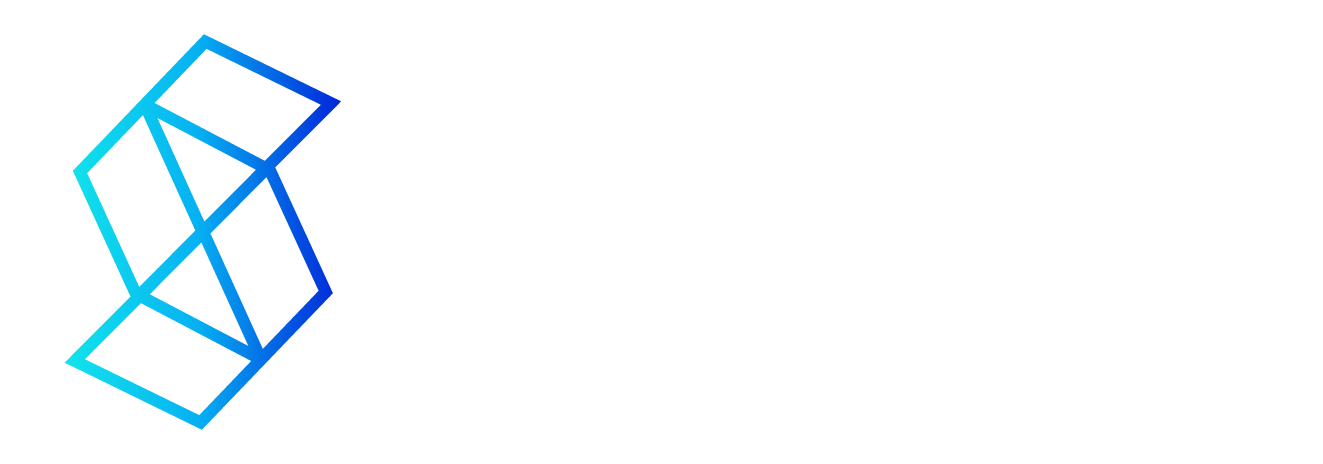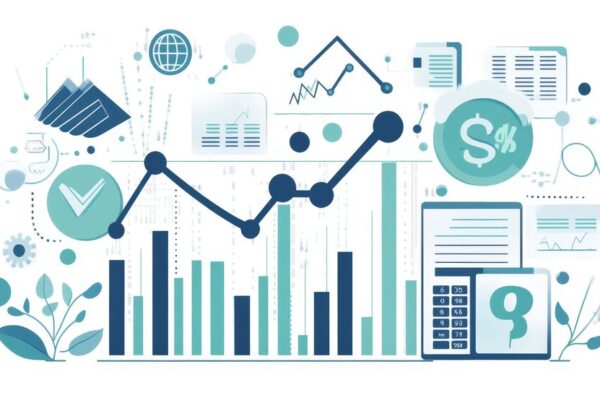Introduction
Picture this: You have an innovative and well-built software as a service (SAAS) product that has the potential to revolutionize your industry. Your team is working tirelessly to improve the product, and it’s time to take your business to the next level. But what if I told you that your SAAS company’s growth and success could be stifled by a factor that many founders overlook – your pricing model? Agitation: An ineffective pricing model can limit your company’s ability to acquire and retain customers, ultimately hindering your growth and profitability. In the competitive world of SAAS, you can’t afford to make such a mistake. So, how do you ensure that your pricing model aligns with your target market, customer needs, and business goals?
Solution: In this article, we’ll explore the benefits of various SAAS pricing models and provide guidance on choosing the right one for your business. We’ll also discuss strategies for adjusting and optimizing your pricing to maximize growth and revenue. By the end of this article, you’ll have a better understanding of how a well-crafted pricing strategy can drive your SAAS business to new heights. Plus, we’ll show you how Ethical Sales AI can increase your sales by 5% in as little as 30 days! So, let’s dive in.
Exploring SAAS Pricing Models
The pricing model you choose for your SAAS product will have a significant impact on your business’s growth and profitability. There are various models to choose from, each with its own advantages and drawbacks. Understanding these options will help you make an informed decision that aligns with your business objectives.
Common SAAS Pricing Models
- Subscription-based pricing: This model involves charging customers a recurring fee for access to your product or service. Subscription-based pricing is popular among SAAS companies because it provides predictable revenue streams and encourages long-term customer relationships.
- Tiered pricing: With tiered pricing, you offer multiple pricing plans that cater to different customer segments. Each tier provides a different set of features or usage limits, allowing customers to choose the plan that best fits their needs and budget. This model is effective at accommodating a diverse customer base and driving higher revenue by upselling customers to higher tiers.
- Pay-per-use pricing: Under this model, customers are charged based on their actual usage of your product or service. This can be an attractive option for customers who have variable or unpredictable usage patterns, as it ensures they only pay for what they use.
- Freemium model: The freemium model offers a free, limited version of your product alongside premium plans with additional features or benefits. This model can be effective at generating user interest and encouraging upgrades to paid plans.
Choosing the Right Pricing Model
To select the best pricing model for your SAAS business, consider the following factors:
- Analyzing target market and customer needs: Understand your target market and the specific needs of your customers. This will help you determine which pricing model will be most appealing to them and drive the highest conversion rates.
- Evaluating competitors’ pricing strategies: Research the pricing models used by your competitors to identify potential gaps or opportunities in the market. This can help you differentiate your product and gain a competitive edge.
- Consideration of costs and profit margins: Your pricing model must cover your costs and generate a profit. Be sure to factor in both direct and indirect costs associated with delivering your product or service, as well as your desired profit margins.
Adjusting and Optimizing Pricing Strategies
Once you’ve chosen a pricing model, it’s essential to monitor its effectiveness and make adjustments as necessary. Here are some strategies for optimizing your pricing:
- Monitoring customer: feedback and market trends: Keep a close eye on customer feedback and market trends to identify potential areas for improvement in your pricing strategy. This will help you stay ahead of the curve and maintain a competitive edge.
- Regularly reviewing and adjusting prices: As your business grows and evolves, so should your pricing strategy. Regularly review your prices to ensure they remain aligned with your costs, customer needs, and market conditions. Don’t be afraid to make adjustments if your current pricing model isn’t delivering the desired results.
- Offering promotional discounts and incentives: Strategically using discounts and incentives can help attract new customers, increase conversion rates, and incentivize long-term commitment from your existing customers. Be careful not to overuse discounts, as this can devalue your product and erode your profit margins.





